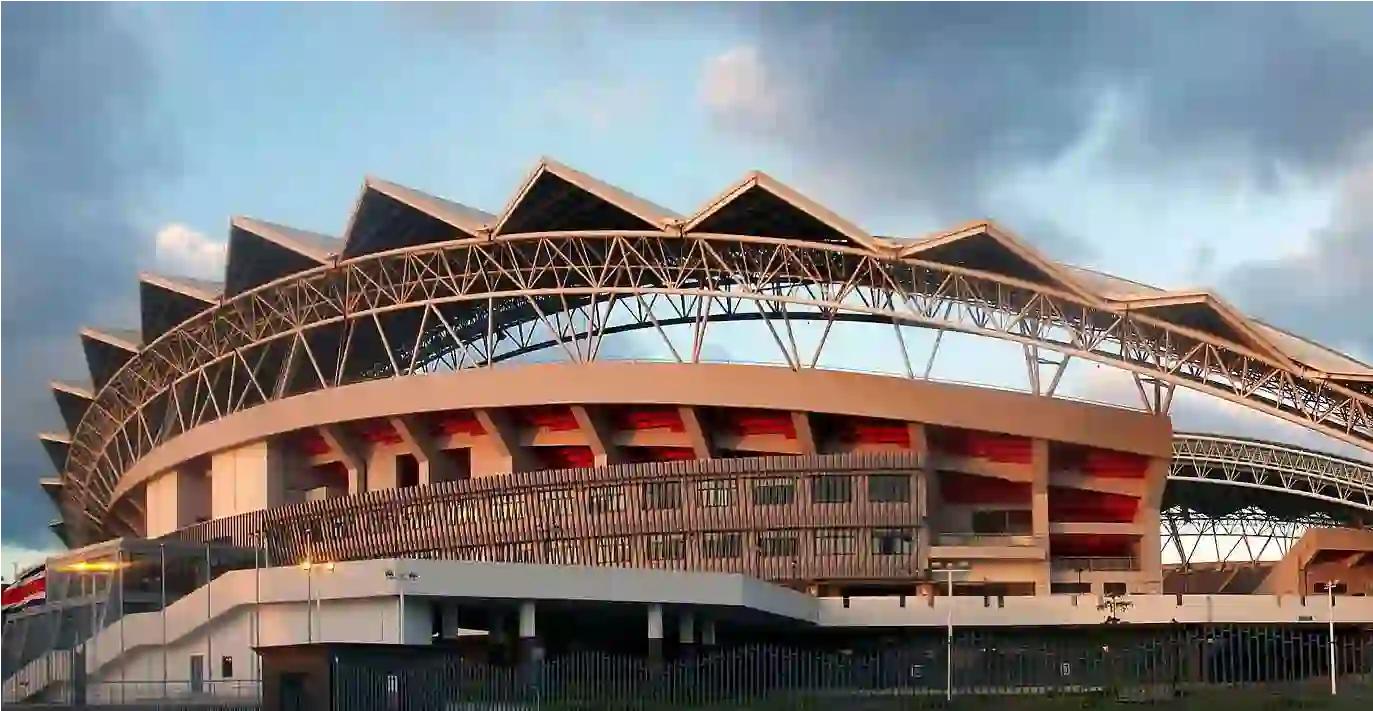Steel in Green Infrastructure

The Role of Steel in Green Infrastructure Development
Steel plays a pivotal role in the advancement of green infrastructure, which refers to sustainable, eco-friendly construction methods and designs that minimize environmental impact while enhancing urban resilience. Green infrastructure integrates natural processes with built environments to manage stormwater, improve air quality, reduce urban heat, and promote biodiversity. Steel’s unique properties—strength, durability, recyclability, and design flexibility—make it an ideal material for constructing green infrastructure projects like green roofs, rainwater harvesting systems, urban bridges, and sustainable transportation networks.
Because steel is highly recyclable without losing quality, it supports circular economy principles essential to green infrastructure. Using recycled steel reduces the need for virgin material extraction, cutting energy consumption and greenhouse gas emissions. Additionally, steel’s structural efficiency allows for lightweight yet strong frameworks that reduce material use and facilitate rapid construction, lowering environmental footprints. The adaptability of steel supports innovative green designs that incorporate renewable energy elements such as solar panel mounts and wind turbine towers, further enhancing sustainability.
Benefits of Steel in Sustainable Urban Projects
Integrating steel in sustainable urban projects provides numerous environmental, economic, and social benefits. Environmentally, steel’s recyclability significantly reduces waste and conserves natural resources. Modern steel production increasingly incorporates renewable energy and cleaner technologies, further lowering carbon footprints. Steel structures contribute to energy efficiency by enabling designs that optimize natural light, ventilation, and thermal regulation, enhancing occupant comfort and reducing energy demand.
Economically, steel supports cost-effective construction with faster build times and lower labor requirements due to prefabrication and modular assembly techniques. Its durability and resistance to pests and decay reduce maintenance costs over a building’s life cycle. Socially, steel-based green infrastructure projects often improve public spaces, offering cleaner air, enhanced aesthetics, and safer environments, contributing to healthier communities.
Moreover, steel’s versatility allows it to be integrated into various scales of projects—from small urban parks and green walls to large transportation hubs and sustainable housing developments—making it indispensable for holistic green infrastructure solutions.
Innovations in Steel for Green Infrastructure
Recent innovations have expanded steel’s application within green infrastructure, focusing on enhancing sustainability and performance. Advanced high-strength steels enable slimmer, lighter structures that use less material while maintaining safety and durability. Coatings and treatments improve steel’s corrosion resistance, extending lifespan in outdoor and harsh environmental conditions typical of green infrastructure.
Innovative fabrication methods, such as 3D printing and robotic welding, improve precision and reduce waste, aligning with sustainable manufacturing goals. The integration of steel with renewable energy technologies is growing, with steel frameworks supporting solar panels, green walls, and rainwater capture systems that contribute to energy and water efficiency.
Smart steel systems equipped with sensors monitor structural health and environmental parameters, enabling proactive maintenance and optimization of green infrastructure performance. These advancements position steel as a key enabler of resilient, adaptive, and sustainable urban environments.
Challenges and Future Outlook
While steel offers many advantages for green infrastructure, challenges remain in ensuring the environmental impact of steel production continues to decrease. Traditional steelmaking is energy-intensive and emits CO2, though efforts to decarbonize the industry through green hydrogen use and carbon capture are underway. Achieving truly sustainable steel involves balancing performance, cost, and environmental responsibility.
Integration challenges exist when combining steel with natural elements like soil and plants, requiring innovative design and material compatibility solutions to prevent corrosion and degradation. There are also logistical considerations for transporting and installing steel components in urban settings with limited space.
Looking ahead, the future of steel in green infrastructure is promising. Increasing regulatory pressure and growing public awareness about sustainability drive demand for eco-friendly building materials and methods. Continuous technological improvements and cross-industry collaboration will further reduce steel’s environmental footprint.
As cities worldwide adopt green infrastructure strategies to combat climate change and urbanization challenges, steel will remain a foundational material—combining strength, flexibility, and sustainability to build greener, healthier, and more resilient communities.





